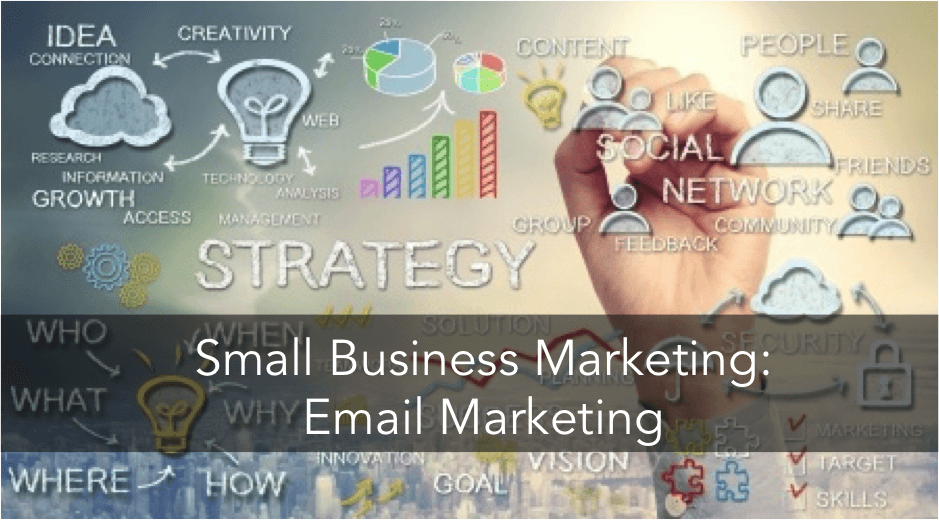Blog Series: B2B Tech Marketing (Part 9 - Email Marketing)

Email marketing is a great way to get personal with your current and/or prospective customers while also communicating something important or new about your business. By employing email marketing you can increase brand awareness and acquire new customers at the same time.
First, some context: Let’s say you go to a small business’ website and sign up for their newsletter because you find the content interesting and think their expertise is of continuous value to you. You typically have to submit your credentials such as name, title, and e-mail address. Once you’ve submitted this, your information gets immediately stored into a database. The business you have thus engaged in now has your email address readily available to you, and they will use it for their opt-in email marketing (a.k.a. “permission marketing) campaigns because you had agreed to their terms and conditions.
Here are some recommended steps in creating a successful email marketing program:
- Determine your goals – Is your purpose for using email marketing to keep your current customers engaged? Are you hoping to grow your brand awareness through thought leadership content? Are you trying to generate new leads for your sales team? Maybe it’s all of the above. Aligning your business goals with your email marketing efforts is a crucial first step.
- Decide on your audience – Before you even begin to draft your content, you have to decide who you’re targeting. You may already have a list of contacts in-house or you may need to purchase a list from a third party vendor. A common mistake is sending every contact you have the same emails. It’s important to segment your email lists so that you keep your contacts interested with relevant content.
- Build your campaign plan – Every email marketing campaign needs a purpose that aligns with your business goals. Are you sending a one-off campaign to notify your prospects of an event you’re attending? Do you want to send regular mailings every week to nurture your contacts and generate new leads? Before sending any emails, it’s important to determine your email marketing plan.
- Write your emails and offers —Now that you’ve got your plan and list of contacts in place, it’s time to start writing. A good rule of thumb is to keep your emails short and to the point. These days, inboxes are flooded with marketing emails, and people aren’t taking the time to read them. By writing a compelling subject line, keeping your email content brief, and adding links to keep your readers engaged, you’ll likely optimize your results.
- Deploy your campaigns – This is the technical step in the email marketing campaign process. This requires leveraging some kind of online email marketing tool to blast your emails out for you. Do some research first regarding which platforms might be best for your business. AllBusiness.com, a guide to small business success, recommends these five: MailChimp, iContact, ExactTarget, and Constant Contact. If you’re looking for more advanced technology, marketing automation software can be a great alternative.
- Test your emails– There’s nothing more risky than sending out your email campaign without testing it. Once you’ve uploaded all your content, send test emails to yourself and your colleagues. This will ensure that your emails have the correct formatting across browsers and computers. It will also give you one last chance to check for any errors.
- Track and evaluate – A successful email campaign is useless without tracking and evaluating the results. Using an email marketing platform you can track open rates, click-through rates, bounces, and unsubscribes. By continually tracking the results of your campaign, you will be better equipped to optimize your future email campaigns.
In part 10 of this blog series, we will cover the benefits of marketing automation. Have questions now? Contact us for a complimentary consultation.